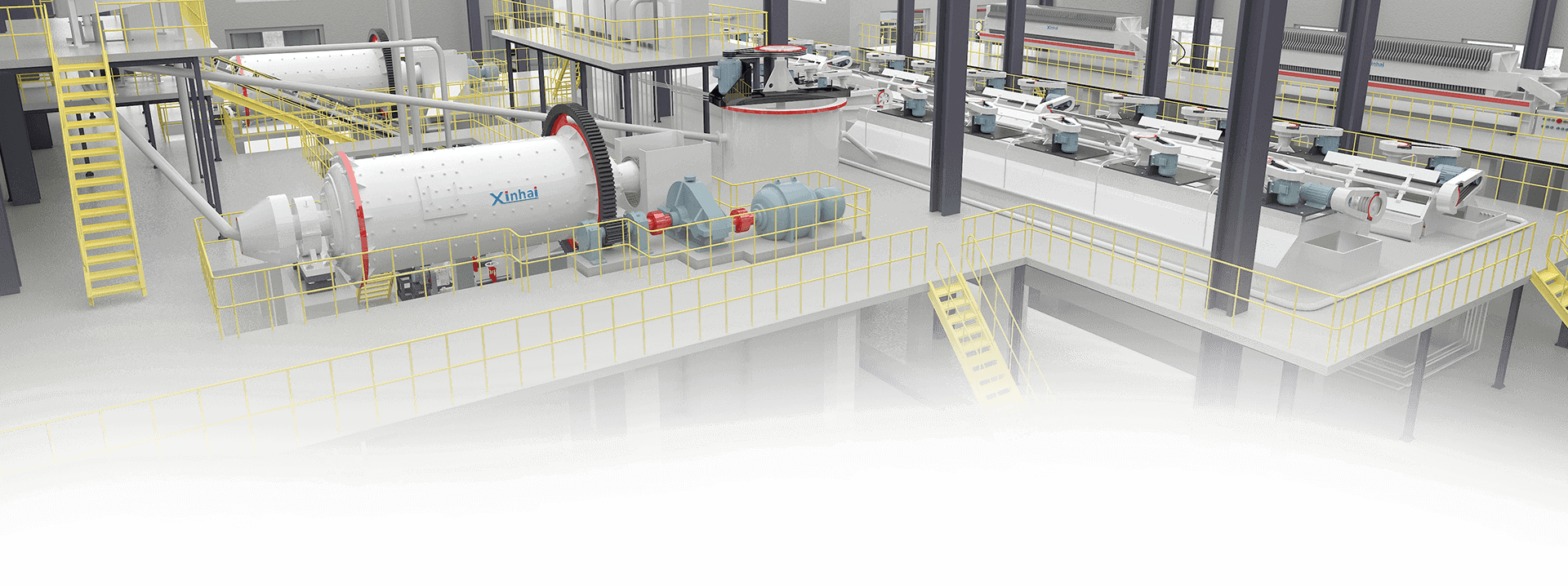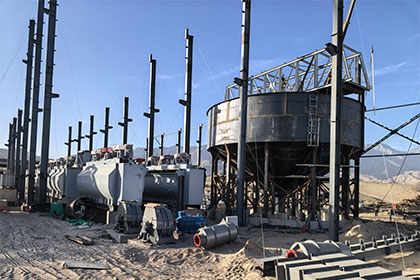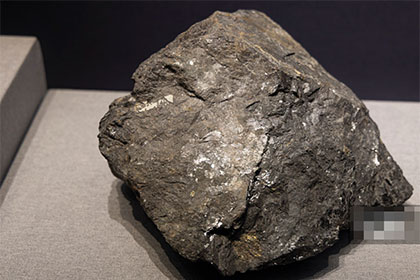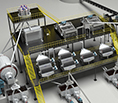A Beginner’s Guide to Antimony Processing
 Laura
Laura
 Aug 26, 2025
Aug 26, 2025
 1023
1023
If you want to know more details about equipment, solutions, etc, please click the button below for free consultation, or leave your requirements!

antimony ore
Antimony is a rare metal with unique properties that make it crucial in a wide range of industrial applications, from flame retardants to electronics. However, despite its importance, the process of extracting and refining antimony is often overlooked. This guide will provide a comprehensive overview of antimony processing, from ore extraction to its final refined form, and explain why this metal plays such a vital role in modern technology.
01 What Is Antimony Processing?
BackAntimony processing refers to the extraction, refining, and purification of antimony from its ores to create usable forms of the metal. This process involves various stages, including mining, concentration, smelting, and refining. The primary goal of antimony processing is to produce high-purity antimony that can be used in various industries, including electronics, battery manufacturing, and metallurgy.
Antimony is primarily found in two types of ores:
Stibnite (Sb₂S₃): The most common antimony ore, which contains high concentrations of antimony.
Antimony-rich Silver Ores: Found less commonly, these ores also contain valuable silver alongside antimony.
02 Steps in Antimony Processing
BackThe processing of antimony involves several stages, each designed to separate the metal from impurities and produce a pure, usable form of antimony. Let's break down the steps:
1. Mining and Ore Extraction
The first step in antimony processing is the extraction of antimony-rich ores from the earth. Stibnite is the most commonly mined ore for antimony. Mining can take place via traditional underground or open-pit methods, depending on the deposit's depth and accessibility. Once mined, the ore is transported to processing plants for further treatment.
2. Ore Concentration
After extraction, the ore is concentrated to separate the valuable antimony minerals from waste rock. This process typically involves crushing the ore into smaller particles and then using flotation or gravity separation to concentrate the antimony. In flotation, chemicals are added to create a frothy surface that separates the antimony particles from other minerals.
3. Smelting
The concentrated ore is then heated in a furnace during the smelting process to extract the metal. At this stage, antimony is usually found as a sulfide (Sb₂S₃), which is not pure. Smelting transforms the sulfide into a crude metal, which is often referred to as "antimony matte." This step also releases sulfur dioxide, a harmful gas that must be managed properly.
4. Refining
Refining is the process of purifying the crude antimony obtained from smelting. There are two primary methods used to refine antimony:
Pyrometallurgical Refining: In this method, the antimony matte is treated at high temperatures in a furnace, where impurities are oxidized and separated from the pure metal. The result is a high-purity metal that is typically 99% pure or higher.
Hydrometallurgical Refining: This method involves dissolving the antimony matte in a solution of sulfuric acid or other chemicals, followed by a series of chemical reactions that separate the impurities from the antimony. Hydrometallurgical methods are often used when more selective refinement is required, and the result is a high-purity antimony product.
03 Applications of Refined Antimony
BackOnce refined, antimony is used in a variety of industries. Some of its most important applications include:
1. Flame Retardants
One of the largest uses of antimony is in the production of flame retardants. When combined with halogenated compounds, antimony trioxide (Sb₂O₃) helps improve the fire resistance of materials, including plastics, textiles, and electronics. This makes antimony essential for fire safety in a wide range of industries.
2. Lead Alloys
Antimony is added to lead alloys to improve their hardness and strength, making them useful in applications like batteries, particularly lead-acid batteries, and in the production of lead-based solder for electronics.
3. Electronics and Semiconductors
In electronics, antimony is used in semiconductor materials for devices like diodes and infrared detectors. Antimony compounds, such as antimony trisulfide, are also used in the production of certain types of diodes and transistors.
4. Alloys and Metal Coatings
Antimony is also used in a variety of alloys, such as those used in manufacturing certain types of solder and in the production of lead-antimony batteries. The metal is also employed in coatings and solders due to its resistance to corrosion.
5. Other Industrial Uses
In addition to the applications listed above, antimony is used in the production of certain pigments, glass, and ceramics. It is also used in the manufacture of bearings and other mechanical components due to its ability to enhance durability and resistance to wear.
04 Environmental and Economic Considerations
BackWhile antimony is essential to modern industry, its processing can have significant environmental and economic impacts.
1. Environmental Concerns
The extraction and processing of antimony can result in harmful emissions, particularly sulfur dioxide, during the smelting process. Managing these emissions and ensuring safe disposal of waste products is crucial for minimizing environmental damage. Additionally, antimony is toxic in large quantities, and proper safety protocols must be followed during its processing to avoid contamination.
2. Economic Factors
Antimony prices can fluctuate based on supply and demand, making it an economically sensitive metal. As with many rare metals, the cost of production and the availability of ores can significantly affect market prices. Global political and economic factors, as well as the push for more sustainable practices in metal extraction, may impact the future of the antimony market.
05 The Future of Antimony Processing
BackThe demand for antimony is expected to continue to grow as industries like electronics, automotive, and construction increase their need for fire-resistant materials and advanced alloys. However, the future of antimony processing also faces challenges, particularly with regards to environmental sustainability.
The development of more efficient, environmentally friendly refining methods is a priority for the industry. Innovations in recycling antimony from used products, such as electronic waste and batteries, may help reduce the environmental impact of its extraction and processing, making antimony a more sustainable resource in the future.
06 Conclusion
BackAntimony is a crucial metal with applications ranging from flame retardants to electronics and lead alloys. Understanding the process of antimony extraction, refining, and its various industrial applications helps highlight its importance in modern technology. As industries continue to innovate, sustainable practices and technological advancements will play a key role in shaping the future of antimony processing and ensuring that this essential metal remains an integral part of the global economy.
Feel free to contact us and learn more about antimony processing solutions!
 +86 183 3575 8886
+86 183 3575 8886 pinklaurabao@gmail.com
pinklaurabao@gmail.com




 Message
Message Chat Now
Chat Now

















